

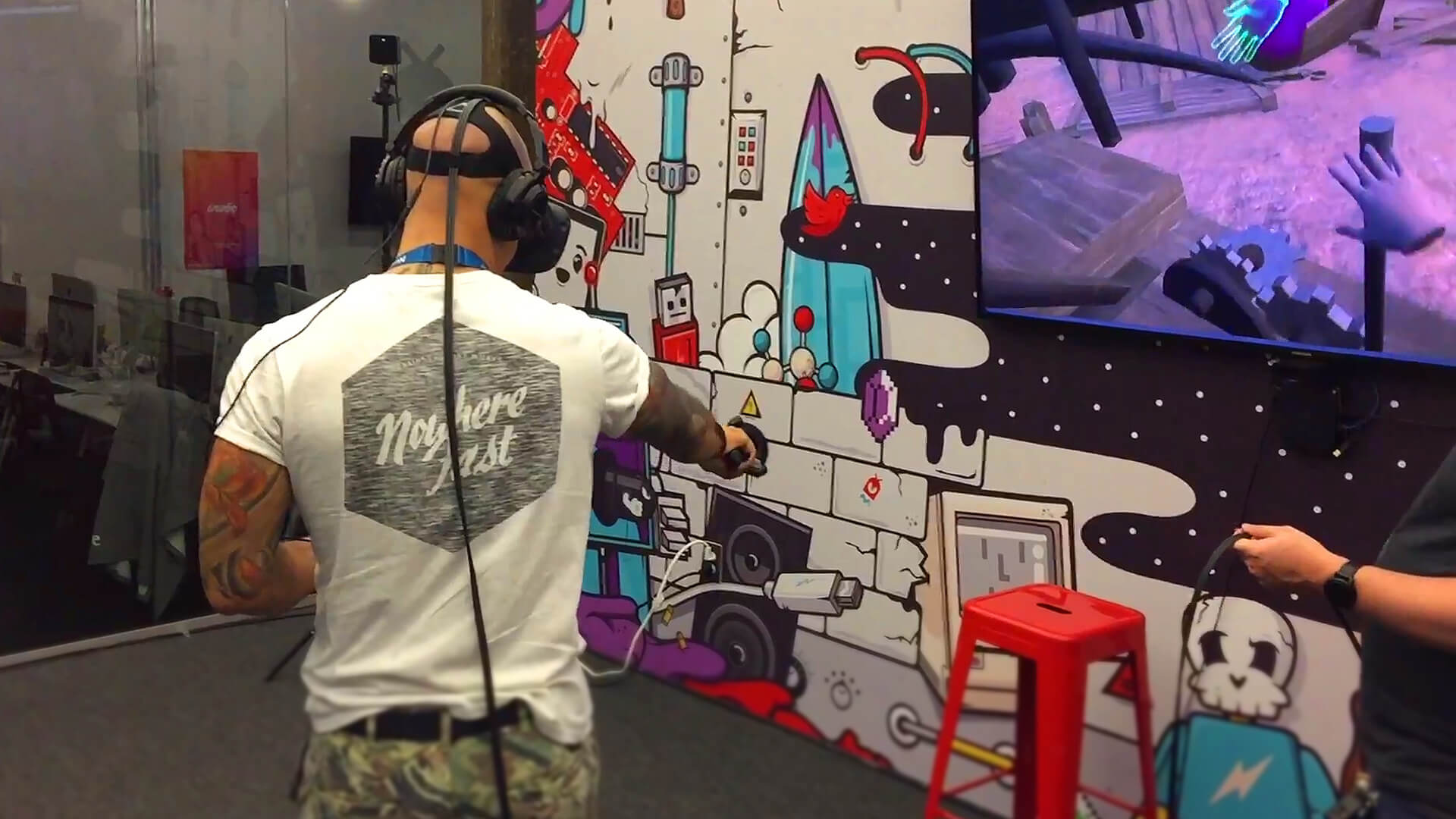
Virtual Reality and Augmented Reality are always in the news these days.
There’s no doubt that the technology has made huge leaps and bounds over the last few years, and has moved from an expensive and niche pursuit to a mainstream accessible device.
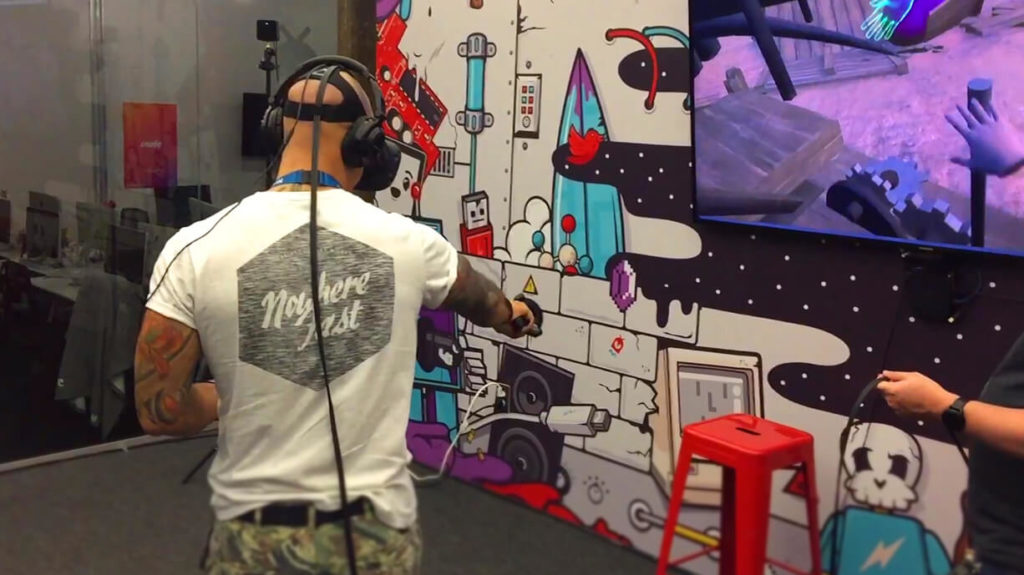
With the advent of Google Cardboard, that delightfully old school solution for turning a smartphone into a virtual reality headset, immersive technology looks like it might just be on the tipping point of mainstream adoption.
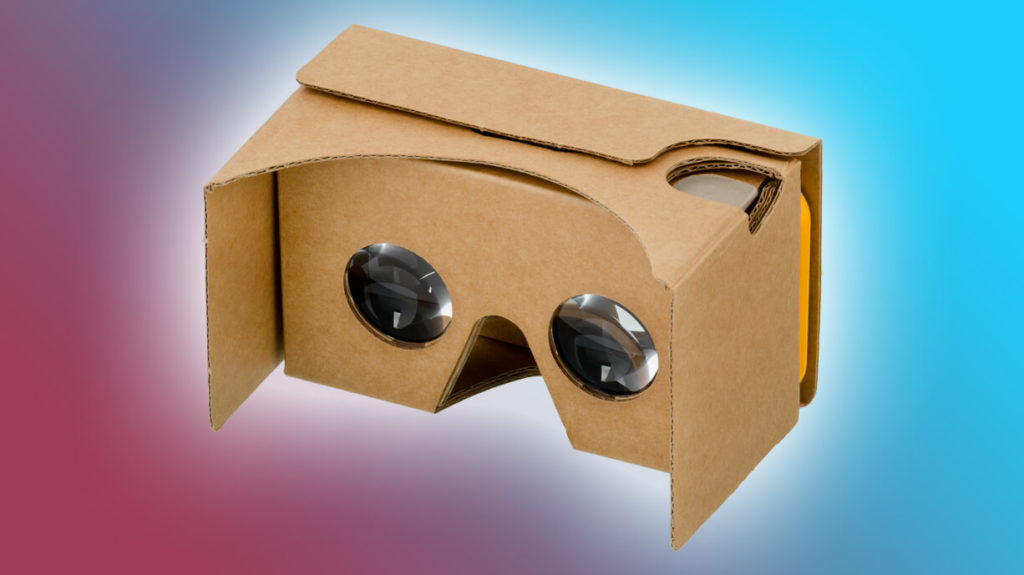
With Apple and Facebook also joining the augmented and virtual reality party, and Snapchat, TikTok and Instagram surpassing over 2 billion combined users, it does seem like all the ingredients are in place for AR and VR to hit the big time.
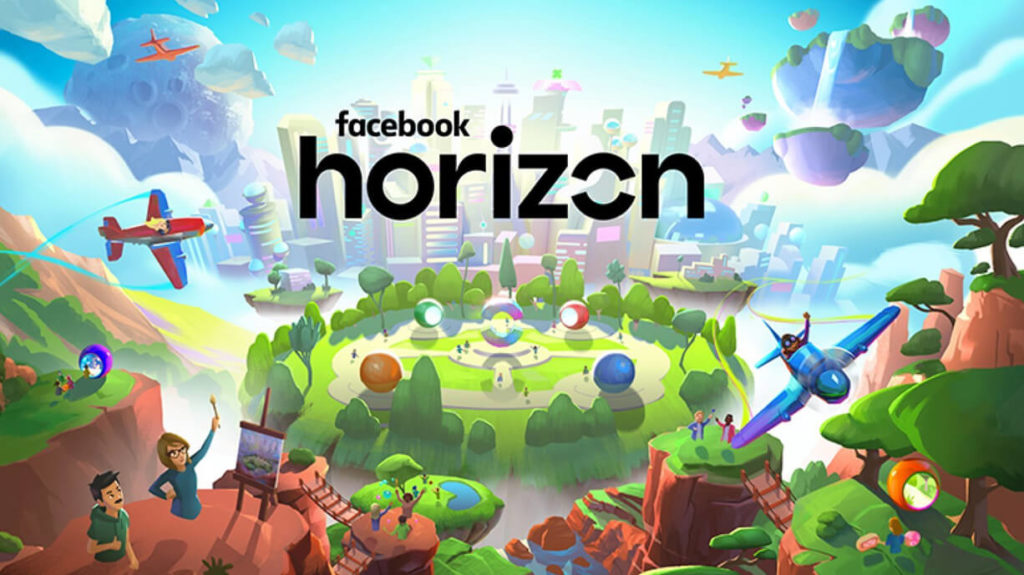
So how will this evolving technology begin to impact the way we create UX/UI design solutions? Will the latest advances in VR and AR alter the ways users interact with apps and services?
Virtual spaces and interactive experiences completely change the traditional process of designing in a flat, two-dimensional world.
Here’s how we are adapting our mindset when developing design solutions for this rapidly evolving new medium:
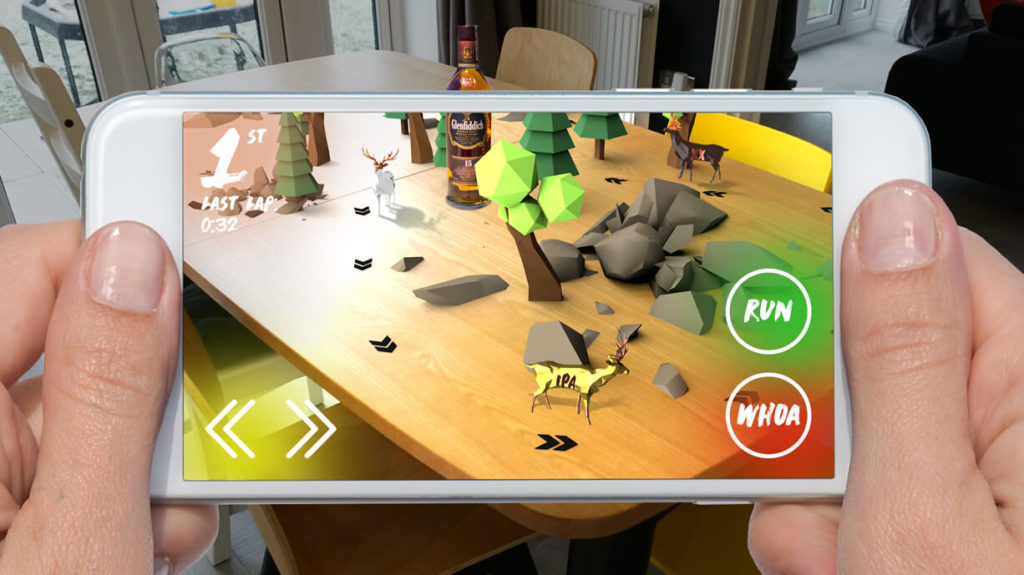
Virtual Reality is a Journey
The most important aspect of creating immersive and user-friendly VR simulations is to concentrate on the “journey” that guides the user through the experience.
That journey, and the steps within it, will help a user to understand the placement and design of the various UX elements spread throughout the VR environment. Some can be automated, and others will need careful thought about how the user will interact with them.
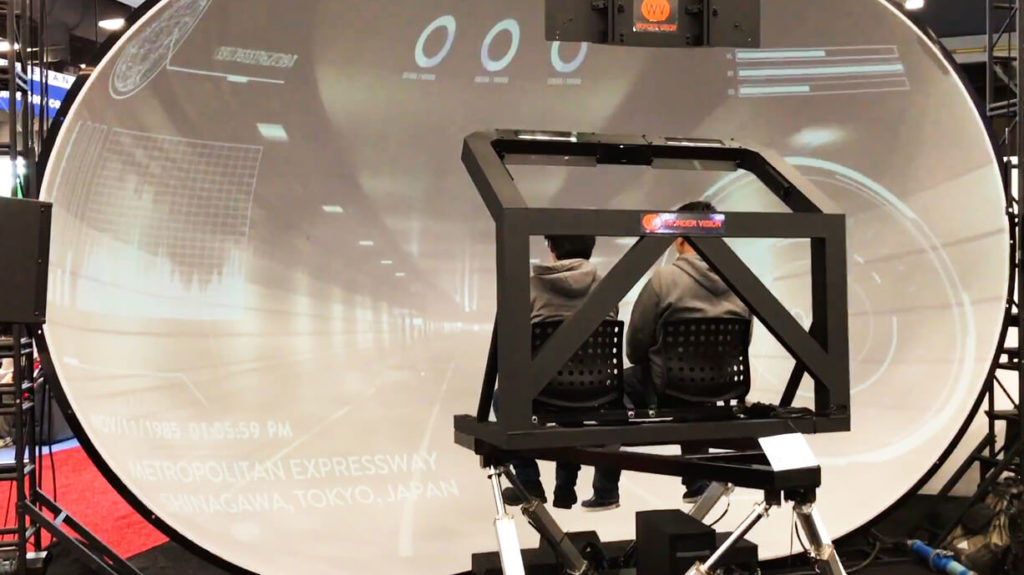
Think Storytelling & Experiences
VR is a challenging platform for designers to conceptualise. It’s a far cry from merely creating a usable interface. Good VR and AR design rely heavily on psychology and intimate knowledge of real-world environments.
To this end, UX designers should focus their attention on the art of storytelling. Great storytelling allows designers to paint realistic pictures that draw from real-world experience. It’s a vital part of making VR worlds less complicated to conceive, in a medium where visuals need to mesh with sound, light and even physics.
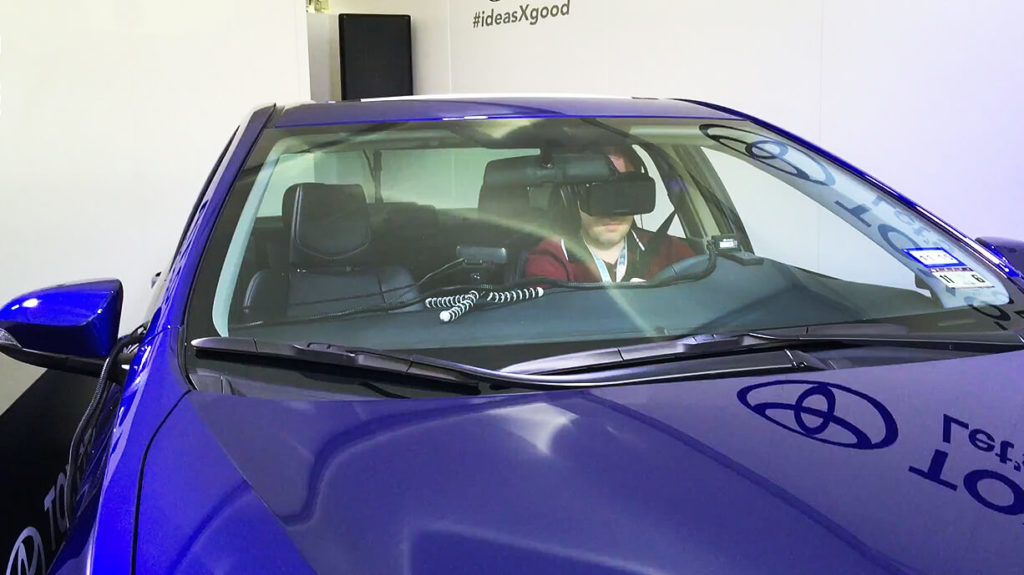
Virtual Reality isn’t Just Visual
VR experiences can seem “thin” and unrealistic if they only rely on visual cues.
Humans use a massive spectrum of sensual and contextual data to interact with the world, including speech, sound, light and shadow.
Add all that together, and the word that springs to mind is “ambience”. Successful VR interactions need to be realistic but also grounded in the right emotion and subtext. It’s important to design a complete style guide for the journey you’re trying to create.
Colour Alters Mood and Emotion
Colour selection is a vital element of the design process. For VR, that importance is amplified exponentially.
Colour affects reaction times, emotional responses and even cultural context. Unexpected or jarring colour palettes can create negative or disjointed experiences for the user.
Shining a Light on UX
Digital depiction of ambient lighting has come on leaps and bounds in recent years. Designers will need to leverage the use of space, distance and perception in their VR environments and clever use of lighting is the primary way of achieving that.
VR Design Needs a Realistic Field of View
Designers working with virtual Reality will need to craft experiences that are both gradual and seamless. Human senses (and minds) are fairly poor at leaving one “scene” behind and quickly immersing themselves into the next.
Designers will need to be sympathetic to these issues and design smooth transitions within their VR journeys. An understanding of timing and flow are key to achieving a sense of immersion.
In addition, without a realistic field of view, depth of field and perspective, users can be overwhelmed with information and even experience motion sickness during rapid head and eye movement.
Understanding User Behaviour is Key
If you’re trying to design interfaces that seamlessly blend into the VR experience, then it’s imperative to understand user behaviour.
Knowing where to add visual cues is a vital part of creating realistic VR journeys. It’s essential to understand exactly how the typical human goes about uncovering new experiences, and exactly how a typical user is likely to move their head, arms and even adjusts their height as they progress.
Incorporate Design Thinking
Thinking ahead about what a user wants from a VR experience is key to creating a memorable product. It’s essential to use all the analytical tools at your disposal to tweak and hone your designs until they are seamless.
Virtual Reality, by its very nature, is a multi-faceted and often multi-outcome journey. It’s vital to understand how your users make decisions and form preferences within the artificial world you’ve created, and then adjust your designs accordingly to suit their needs.
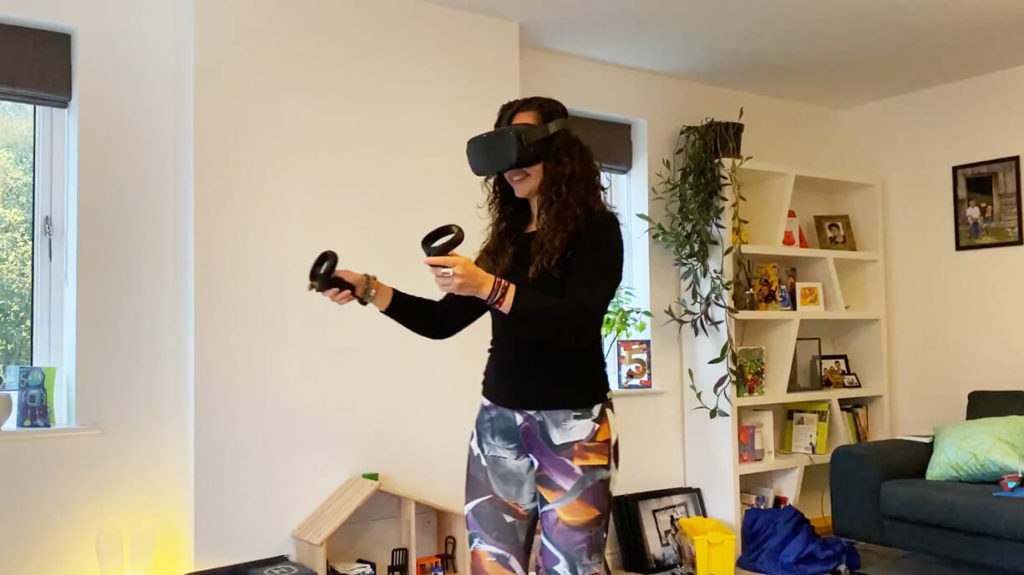
Reality is an Illusion
Taping into the psychology of dreams and consciousness will give a designer a considerable advantage when creating VR experiences.
Virtual worlds are playgrounds where time and space can lose all meaning. It’s one thing to create a realistic environment that mimics Reality; it’s quite another to create a completely novel experience that melds time and space into a completely alien environment.
In Conclusion…
Virtual Reality looks set to explode in popularity over the coming decade. It’s a fast-paced and rapidly changing medium with a steep learning curve, and designers need to experiment with new technologies and strategies if they want to stay at the top of their game.

